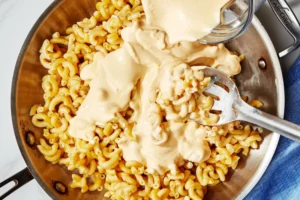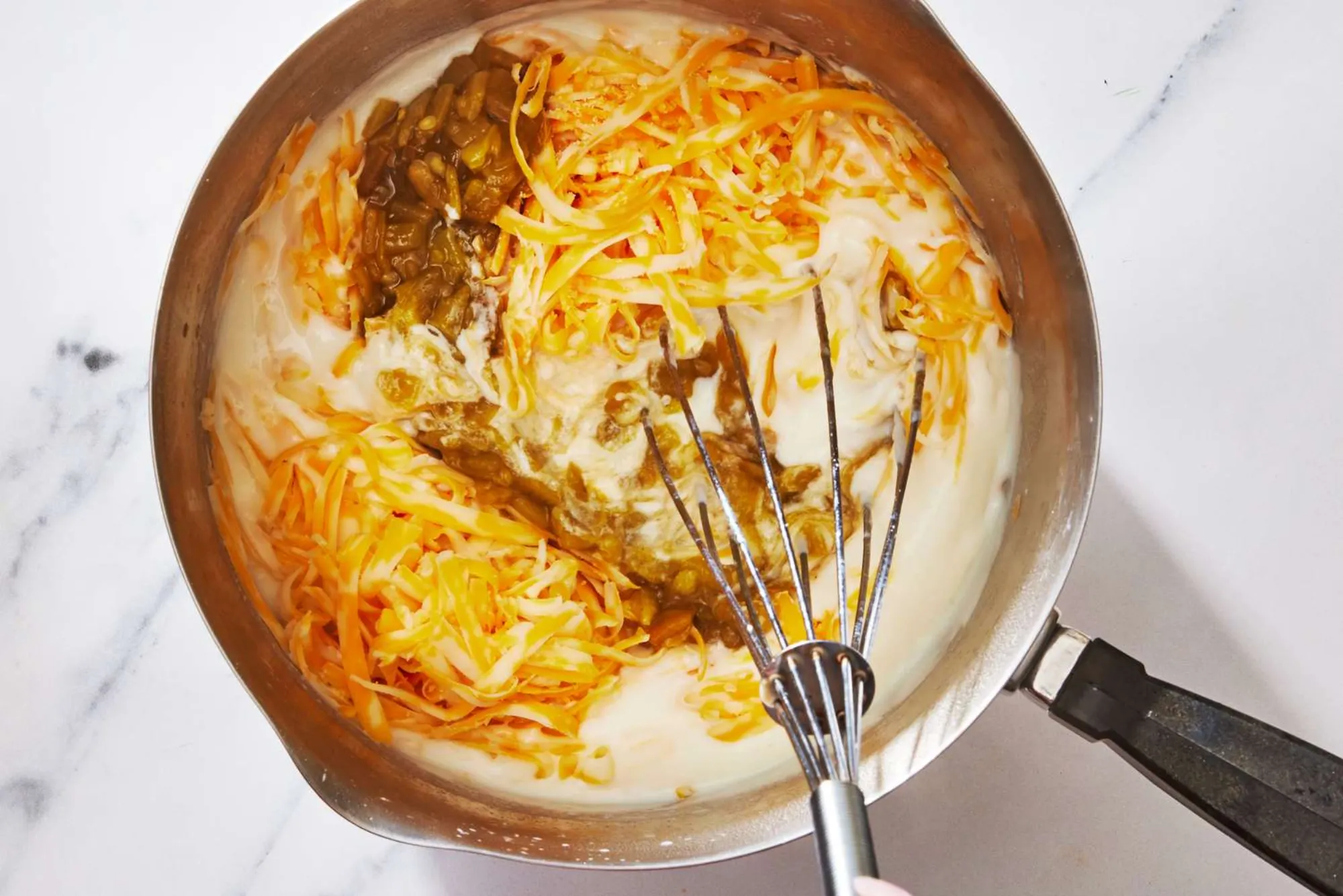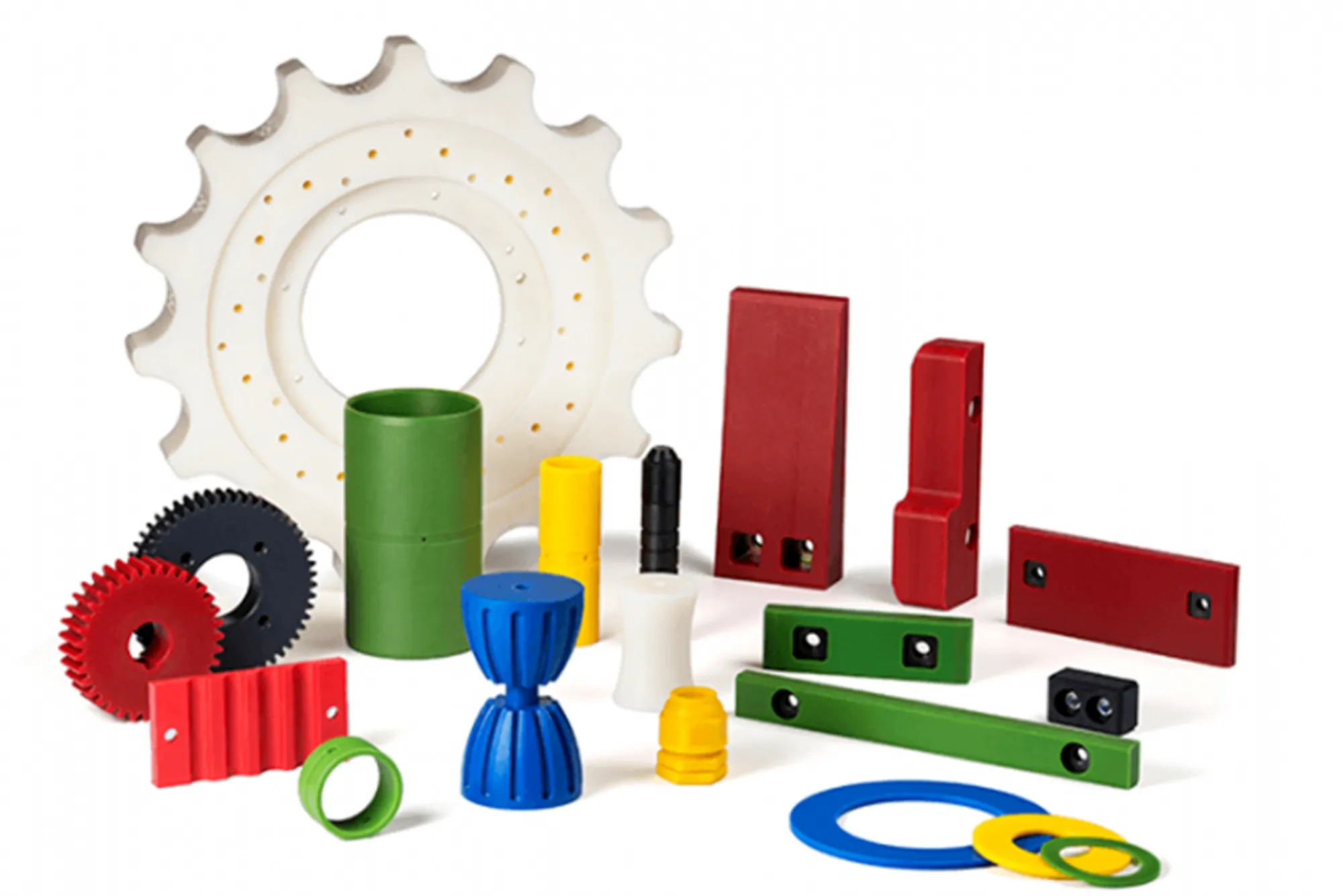A cheese roux is a creamy, flavorful sauce that forms a delicious base for various pasta dishes. This versatile sauce is essential for creating rich and satisfying meals, whether you’re making a classic mac and cheese or trying out a new pasta recipe. Learning to make a cheese roux can elevate your cooking and allow you to create restaurant-quality dishes at home. In this article, we’ll guide you through the process of making a cheese roux from scratch, ensuring you achieve a perfect result every time.
What is a Cheese Roux?
A cheese roux begins with a traditional roux, which is a mixture of fat and flour cooked together to thicken sauces. The fundamental purpose of a roux is to act as a thickening agent, giving sauces a smooth and creamy texture. When cheese is added to this mixture, it transforms the basic roux into a rich, cheesy sauce that enhances the flavor and texture of pasta dishes.
The process of making a cheese roux involves combining melted butter with flour to create a base. This mixture is then combined with milk or cream to create a sauce. Adding cheese to this base not only provides flavor but also contributes to the creamy consistency that makes the sauce ideal for pasta. The result is a velvety, cheesy sauce that clings to pasta and adds a luxurious touch to your dish.
Ingredients for a Cheese Roux
To create a cheese roux, start with high-quality butter. Butter is used as the fat component in the roux, providing richness and a smooth texture. Unsalted butter is typically preferred because it allows you to control the amount of salt in the final sauce. The flour, which is mixed with the melted butter, serves as the thickening agent. When combined with liquid, it forms the base of the sauce.
Milk or cream is then added to the roux to create a smooth sauce. Milk produces a lighter sauce, while cream offers a richer, more decadent flavor. The choice between milk and cream depends on the desired richness of the sauce. For the cheese component, select a cheese that melts well and complements the flavors of the dish. Cheddar, Gruyère, and Parmesan are popular choices, each contributing a different depth of flavor to the sauce.
Seasoning is also crucial in making a cheese roux. Salt and pepper are essential for enhancing the flavor, while optional spices like nutmeg or mustard powder can add an extra layer of complexity. Nutmeg provides a warm, slightly sweet note, while mustard powder introduces a subtle tang that can balance the richness of the cheese.
Step-by-Step Guide to Making a Cheese Roux for Pasta

Start by melting the butter in a saucepan over medium heat. It’s important to melt the butter gently to avoid burning it. Once the butter is completely melted, add the flour and whisk continuously. This mixture of butter and flour forms the roux, which is the base of your cheese sauce. Cook the flour for about 2-3 minutes to remove its raw taste, but be careful not to let it brown. Overcooking the flour can result in a burnt flavor that may affect the taste of your sauce.
After the roux is ready, gradually add milk or cream while whisking to prevent lumps from forming. If possible, warm the milk before adding it; this helps it incorporate more smoothly into the roux. As you pour in the milk, continue to whisk to ensure a smooth, lump-free sauce. Cook the mixture, stirring constantly, until it thickens to the desired consistency. The sauce should coat the back of a spoon and have a smooth, creamy texture.
Once the sauce has thickened, remove the pan from the heat and slowly add the grated cheese. Stir the cheese into the sauce until it is fully melted and incorporated. Adding the cheese gradually helps prevent clumping and ensures a smooth, velvety texture. Taste the sauce and adjust the seasoning as needed.
Be cautious with the salt, as the cheese may already contribute some saltiness. Additional spices like nutmeg or mustard powder can be added to enhance the flavor, but use them sparingly to avoid overpowering the cheese.
Common Mistakes to Avoid
One common mistake when making a cheese roux is overcooking the roux. If the roux is cooked for too long, it can develop a burnt taste that will negatively impact the flavor of your sauce. To avoid this, cook the roux gently and keep a close eye on it to prevent browning.
Another mistake is adding cheese too quickly. If the cheese is added all at once, it can clump together and create a grainy texture in the sauce. To ensure a smooth sauce, add the cheese in small amounts, allowing each portion to melt completely before adding more.
Lastly, skipping the seasoning can result in a bland sauce that lacks depth. Always taste the sauce before serving and adjust the seasoning to enhance the overall flavor. Salt and pepper are essential, but additional spices can add complexity and balance to the sauce.
Using the Cheese Roux with Pasta

Once your cheese roux is ready, you can combine it with pasta to create a delicious dish. Toss the cooked pasta directly into the cheese sauce, ensuring each piece is well-coated. The creamy sauce should cling to the pasta, creating a rich and satisfying meal.
If you prefer a baked pasta dish, combine the pasta with the cheese roux and transfer it to a baking dish. Top with breadcrumbs or additional cheese, then bake until the top is golden and bubbly. Baking adds a delightful crust to the dish while keeping the pasta creamy and flavorful inside.
Mastering the art of making a cheese roux for pasta is a valuable skill for any home cook. By following the steps outlined in this guide, you can create a creamy, flavorful sauce that enhances your pasta dishes. Whether you’re preparing a quick weeknight meal or a special dish for guests, a well-made cheese roux will elevate your cooking and impress your taste buds. Experiment with different cheeses and seasonings to make the sauce your own, and enjoy the delicious results!








